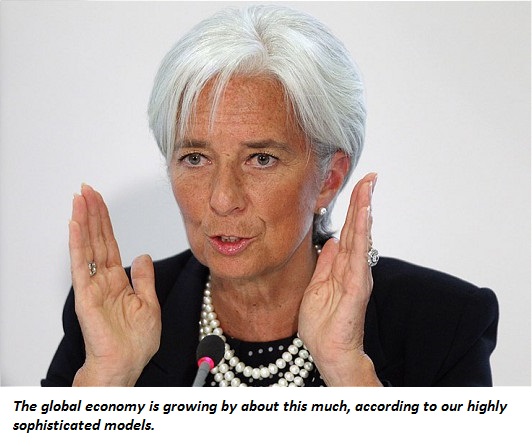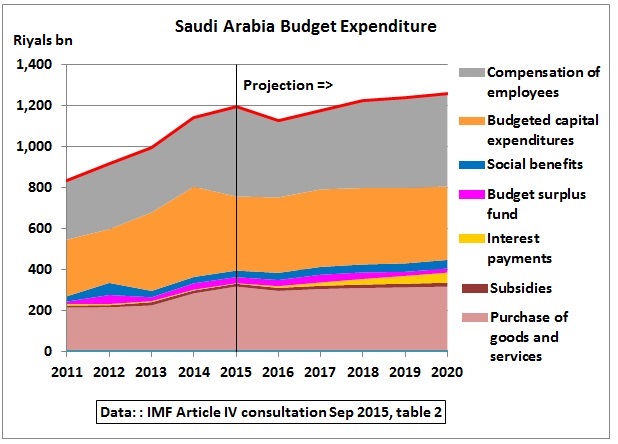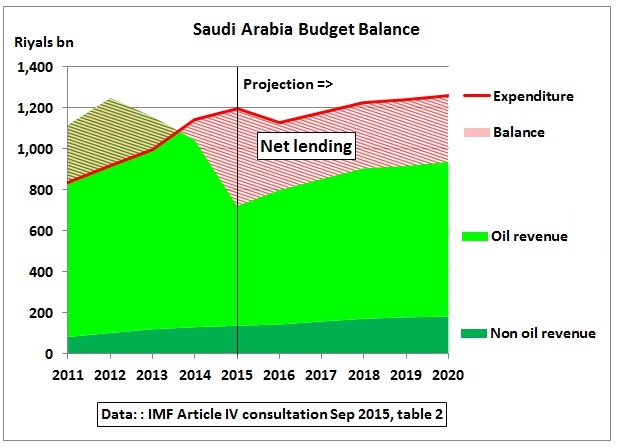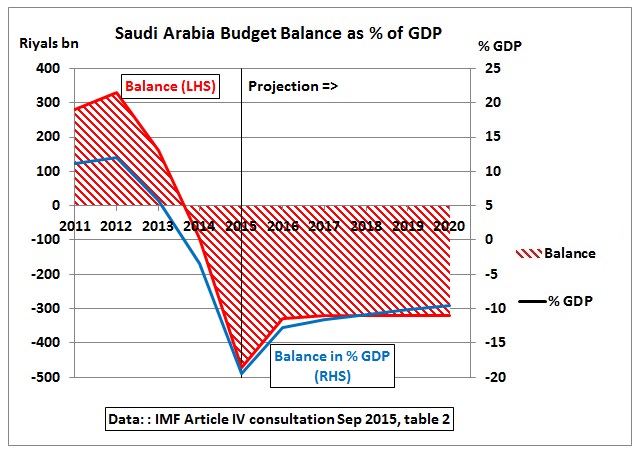Executive Report with ISA Intel, Oil & Energy Insider:
The collapse in oil prices is draining oil-exporting countries of revenue. With substantially lower oil revenues, many of the world’s sovereign wealth funds are dropping in value, which has ramifications for the assets they are invested in. The IMF took a look at this connection between oil prices and sovereign wealth funds and raised the possibility that asset prices around the world could be negatively impacted.
Oil-Backed Sovereign Wealth Funds
Sovereign wealth funds emerged in a big way when oil prices started to rise in the early 2000s. An enormous transfer of wealth occurred from oil-consuming countries to oil-producing countries. Countries like the U.S., for instance, had to shell out ever more cash to buy imported oil from, say, Saudi Arabia.
The wealth accumulated in oil-producing countries. Since they needed to put all the surplus somewhere, they setup sovereign wealth funds to invest the money abroad. The IMF says that the total assets from all of the world’s sovereign wealth funds is estimated at $7.3 trillion.
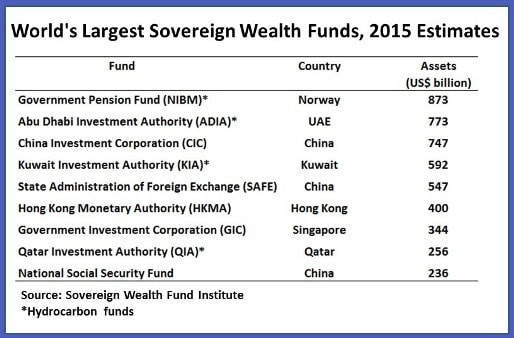
The wealth transfer is clearly visible when looking at the current account balances of several countries. For example, the United States saw its relatively minor current account deficit balloon into a truly massive deficit by 2005, when oil imports peaked and prices rose. Of course, oil-exporting countries saw the mirror image of that experience, with surpluses opening up from 2004/2005 onwards.

The surpluses quickly disappeared following the financial crisis in 2008-2009 – when oil prices crashed below $40 per barrel – but came back relatively quickly following a rapid resurgence in crude prices.
…click on the above link to read the rest of the article…



